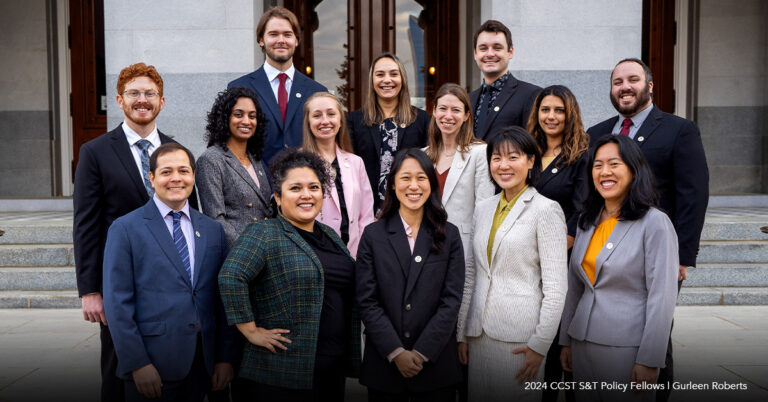Update: Applications for the CCST Science & Technology Policy Fellowship Have Closed
Life Before #CAleg: 2017 CCST Science Fellows Share Their PhD Pasts (Part 1)
August 28, 2017 | CCST S&T Policy Fellows
The California State Legislature is back from summer recess! This marks a milestone for the 2017 Class of our CCST Science & Technology Policy Fellows — who now enter the final stretch of their year-long fellowship, and begin planning for professional futures in or beyond Sacramento. It’s also a perfect time to look back at their life before the Legislature, and the journeys that shaped them into talented thinkers and amazing human beings. See what experiences and insights our CCST Science Fellows bring to the policymaking arena of California, and to careers beyond! [Read Part 1 | Part 2 | Part 3]
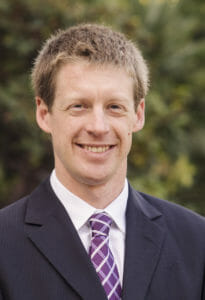
Mike Peterson, PhD
Placement: Senate Committee on Natural Resources and Water
PhD, Environmental Science, Policy, and Management, UC Berkeley
MS, Environmental Science, Western Washington University
BA, Biology and Environmental Studies, Whitman College
It’s fair to say that Mike Peterson studied all creatures great and small for his doctoral research — from elephant seals weighing more than 1,000 pounds, to stream insects weighing as light as a dollar bill.
Studying wildlife at such opposite ends of the size spectrum was strategic, Mike says, because we can get different perspectives on how our ecosystems are being affected by global change.
One part of Mike’s PhD thesis focused on toxic chemical accumulation in northern elephant seals — hulking marine mammals that swim thousands of miles out to sea and dive a mile deep to find food. They congregate on select California beaches during their pup-birthing and fur-molting seasons, making them an important ecotourism focus — and a convenient species for studying ocean pollution.
“Generally, when you study ocean predators, you have no easy way of capturing them and testing them repeatedly,” Mike says. “But elephant seals spend two times a year on beaches near Santa Cruz, so you can actually take measurements of their health. Then they go out to sea, feed, and come back, and you can measure them again, and compare what happens in one individual over time.”
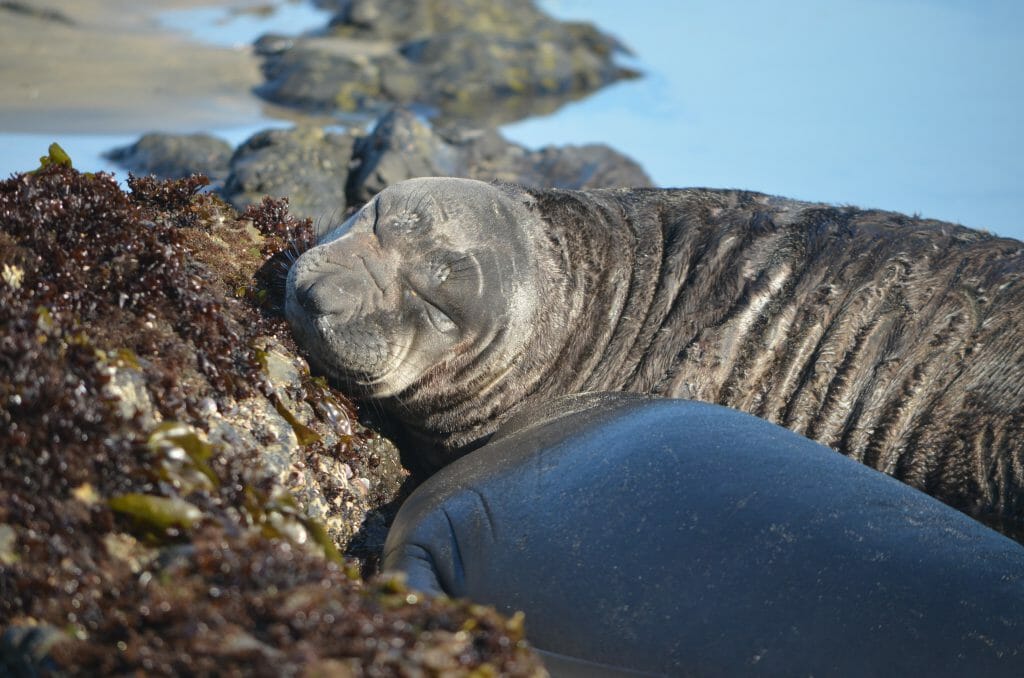
Mike and his ecologist colleagues would collect blubber and blood samples from elephant seal females before they left the beach and when they returned seven months later. “Using our data and prior research, we were able to make estimates for individual elephant seals, on how much DDT, how much PCB, how much PBDE did they gain on each trip out to sea, and how that relates to their body mass,” Mike says, naming three widely used industrial chemicals now known to persist and accumulate in the natural environment. And since elephant seals can live beyond ten years, their massive bodies can essentially serve as living, breathing measuring sticks of chemical accumulation rates at the individual level and over seasonal time-scales — while the extreme depths they feed at also offer hints at how widely human pollutants have spread in the ocean environment.
In contrast, short-lived, very small animals can serve as indicators of change at the population level and over evolutionary time scales. For the other part of his thesis, Mike studied river insects such as stoneflies — six-legged creatures that crawl over stones and cobbles in clean, cool waters as juveniles, before transforming into winged adults that fly about in the air. “Their big, dark eyes make their heads look like little Stormtrooper helmets from Star Wars,” Mike says. “Fly-fishing enthusiasts know these insects well.”
Around the world and in California, scientists are studying how entire species are adapting to climate change. Like the fairy tale of Goldilocks, every organism has some preferred comfort zone — temperature, rainfall, water flow, and so forth — a set of environmental conditions to which it has adapted. So will some species move from south to north, as temperatures rise and their comfort zones geographically shift over time?
River insects offer an interesting perspective, because adult insects can fly away from their home stream to other waters to lay eggs in and quickly establish new colonies. As a result, some river insect species can be found across huge geographic ranges, spanning California to Washington.
For his research, Mike targeted river insects with wide geographic ranges, collecting specimens and comparing their genetics. He says that even though these insects spread out across the western states, certain populations may still become genetically distinct, perhaps adapting to higher heat or less oxygen in a particular area.
“There are two ways to look at this. One is that if the genes for a species are evenly mixed among populations up and down the West Coast, then the species and its inherent genetic diversity may just march northward as temperatures rise,” Mike says. “But if there are pockets of genetic differentiation within this species, you might actually find genes that are better suited for climate change hidden there somewhere, that might help this species persist in that locale even as their environment changes.”
In science, as in public policy, it’s important to use the right lens to analyze a complex question.
“If we want to investigate a problem like the slow, chronic accumulation of pollutants, insects or fish are so short-lived, they’re not going to be a strong indicator of what you’re trying to find out. But elephant seals are long-lived and high up on the food chain, so it’s going to be a good indicator,” Mike explains. “But if you’re trying to figure out how a gradual climate shift or hydrologic shift is going affect river species, then studying something that’s long-lived might not give you the early warning signs that you might be looking for. That’s what goes through a scientist’s mind when faced with studying short-term versus long-term environmental problems — and deciding at what level to focus.”
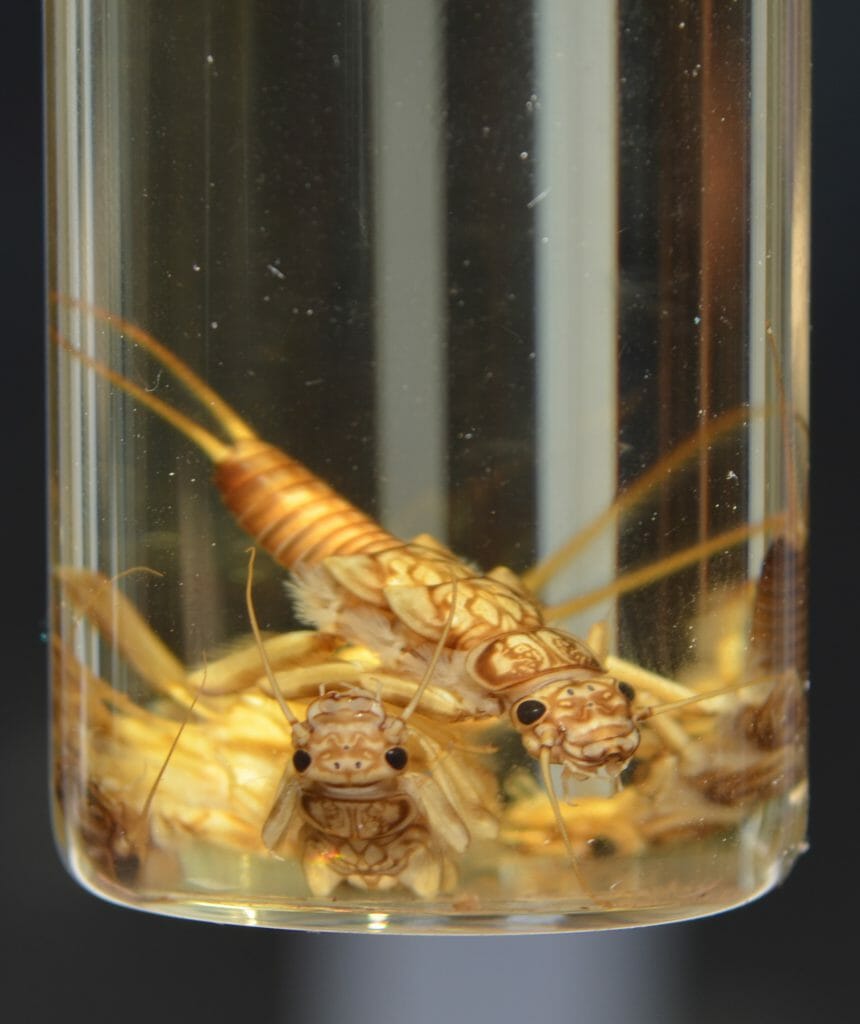
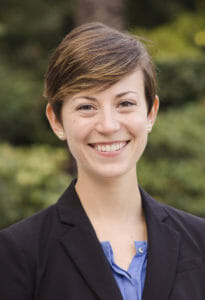
Laura McWilliams, PhD
Placement: Assembly Committee on Utilities and Energy
PhD, Chemistry, University of Oregon
MS, Chemistry, University of Oregon
Master’s Certificate, Banaras Hindu University
BS, Chemistry, Lyon College
As part of her PhD project, Laura McWilliams built her very own laser system.
Laura’s laser was designed for a technique with a long, sciency name: vibrational sum-frequency spectroscopy. This laser method isn’t used to eliminate secret agents or unwanted body hair — instead, it allows researchers to observe chemical interactions at the molecular scale, as they happen in real time.
The chemical interactions that Laura studied is the capturing of air pollution from coal-burning power plants. “When you burn coal, you produce flue gas,” explains Laura. “A lot of this gas is nitrogen, but a portion of it is carbon dioxide, among other byproducts.”
Given the urgency to reduce carbon dioxide pollution — and to slow down the pace and impact of global warming — researchers are examining ways to remove that carbon dioxide from coal-fire flue gas. One such way is to spray this flue gas with a watery mix of monoethanolamine (MEA), a chemical already being used in the natural gas industry to “scrub” unwanted carbon dioxide and sulfur dioxide from the gas line.
“But this process is much harder when you try to scale it up for coal-fired power plants, because there are a lot of particulates and other materials in the flue gas,” Laura says. “So, my particular focus on this issue was to say, look, we need to understand the basic chemistry that’s occurring, before we can make this process more efficient or make new materials to remove this carbon.”
In the course of her research, Laura first studied how atmospheric gases interacted with liquids — such as when toxic gases escape from volcano eruptions and encounter water droplets in the air — to look for parallel examples on how gaseous and liquid molecules might interact in a flue gas scrubber. Then, she set up laboratory experiments where carbon dioxide gas could interact with a dish of MEA-and-water solution — and measured how much carbon dioxide was sticking to that solution.
Measuring how much carbon sticks to the MEA-water solution is the easy part, Laura says. “We wanted to know why carbon sticks, and how to use that understanding to get carbon to stick in industrial applications.”
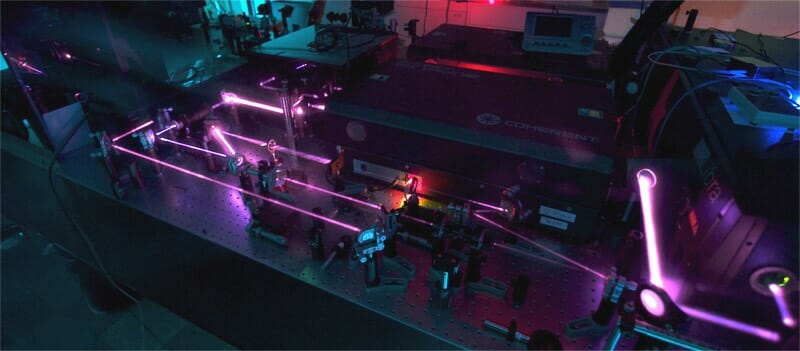
That is where Laura’s custom laser came into play. Laura’s number-one research question was how exactly carbon dioxide interacts at the surface of this MEA-water solution, at that instant when the carbon dioxide molecule touches the liquid interface. The laser beam — specifically, how it reflects when it’s shot at this gas-liquid interface — allows Laura to see how these molecules are behaving.
“Monoethanolamine kind of behaves like oil on water, where a large proportion of it creates a surface layer,” Laura says. “Now, whether these MEA molecules line themselves up in a specific way that facilitates or hinders carbon capture, we don’t know. So, I wanted to study the orientation of these MEA molecules, and how much of it is present at that water surface, or not at the surface at all. I also wanted to understand the roles that water molecules versus MEA molecules play in encouraging carbon to be captured at this interface.”
Prior to her years shooting lasers into toxic gases, Laura also spent time studying abroad in India, through a Rotary Ambassadorial Scholarship. “My dad had lived in India for a long time,” Laura says. “He was in the Peace Corps in India, and he talked about it a lot when I was growing up, so I’m sure that planted something in the back of my head as to why I always wanted to go to India.” Laura’s own expatriate experience proved to be “chaotic” and “expansive” — and helped push her further in both her research and life path. “It expanded my horizons in a lot of ways,” she says.
As for the CCST policy fellowship experience, Laura is once again exploring the interface between two worlds.
“What drew me to science was that I wanted to ask questions and find answers, but also learn how science related to people, and enact change in the world — and I feel like policy is just a more direct route to that,” Laura says. “This fellowship really helps bring my expertise in science into a realm where you can enact change and move in those directions. So, I really feel like it’s a combining of those two streams in my life and education.”
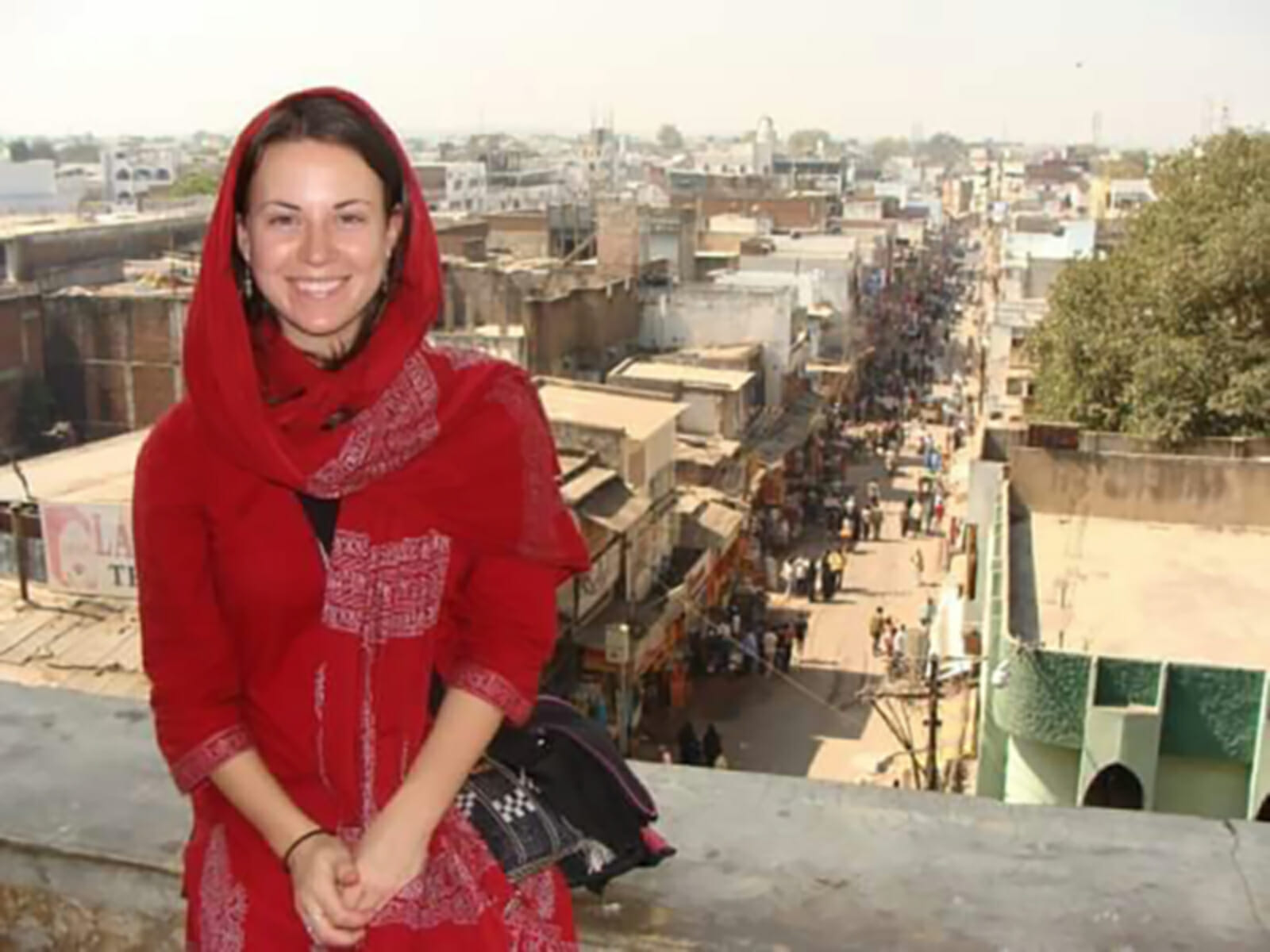

Biswajit “Bish” Paul, PhD
Placement: Assembly Committee on Elections and Redistricting
PhD, Cell and Molecular Biology, University of Washington
BS, Cell, Molecular, and Developmental Biology, University of Washington
Before coming to Sacramento, Bish Paul studied HIV cures and directed documentary shorts.
“For my PhD, I studied a technique that came out in 2012 called gene editing, where you actually go into a person’s DNA, and try to change the particular genetic sequence which helps cure them of that disease,” explains Bish. He is referring to “molecular scissor” tools such as CRISPR — genetic editing methods which have taken the biomedical field by storm in the years since.
“Many previous techniques have focused on developing vaccines to make you immune to HIV,” says Bish. “However, if you could just engineer your body’s cells so that the virus cannot enter them, then you can protect the cells themselves against infection.”
In his research, Bish used a CRISPR-like molecular tool called megaTAL to alter the DNA sequence of white blood cells — the basis of immunity. “I would change their sequence so that the HIV could not enter them anymore; the virus would just sit on the surface of the cell but not be able to enter — making this technique essentially a cure for HIV,” says Bish. “My goal was to make this technique applicable to as many people and accessible to as many people as we could, and also to try and make HIV cures cheaper.”
For Bish, the privilege of bringing access to people is a theme that extends beyond his scientific pursuits. He counts his short films exploring queerness and cultural identities — three of which have played at the Seattle Asian-American Film Festival and the Seattle Lesbian & Gay Film Festival — as among his proudest achievements.
“I never ever thought of myself as someone who could do that, or reach that level,” says Bish, who is gay and married his partner during this fellowship year.

“Initially, it was just a lot of my community advocacy friends getting together, talking about how we as people of color or as certain immigrant groups are not really represented in film,” recounts Bish. “And one day I just was like, why don’t we try to do something about this and tell our stories ourselves, instead of waiting for someone else to do it for us. But I had no idea what a camera looked like, or what script writing was.”
Although he was a filmmaking novice, Bish utilized his knack for community building and grassroots organizing. He brought together new friends and old, crafted a shared mission, and set out to capture personal stories of immigrant and LGBTQ experiences.
“I’m really, really proud because my mother was able to come to one of my film screenings,” says Bish. “She was just out of her mind with excitement, that her son from this immigrant background is in this giant theatre, in downtown Seattle, with 300 people filling the seats.”
Bish says the CCST Science Fellows program presented him with an opportunity for empowerment.
“And to not keep this knowledge within a certain group of people. I hope to learn from this experience in the policy arena and take it back to the communities that I come from, where a lot of people don’t have access to this kind of knowledge and this process,” Bish says.
“I come from a family with humble beginnings, limited resources — and virtually no access to personal and professional development opportunities. Our family was so focused on merely getting by that we did not realize that we had the right to speak up and question the status-quo. That’s why I want to be able to serve and enfranchise the folks with limited access, who don’t have a college degree, who don’t yet know how to figure out bills and legislation, let alone advocate for their rights — and bring them into power.”

The CCST Science & Technology Policy Fellowship trains scientific thinkers to be policy-savvy, while helping equip California’s lawmakers with science-savvy staff. Follow updates from the CCST Science Fellows on Facebook at facebook.com/ccstfellows and on Twitter @CCSTFellows. Explore the CCST Science & Technology Policy Fellowship here.
Find the California Council on Science and Technology on Facebook at facebook.com/ccstorg, on Twitter @CCSTorg, and on LinkedIn. Learn more about CCST at www.ccst.us.

